If you’re building a complete desktop tower PC with all the fans and (fancy) lighting incorporated inside the case; then you’re probably wondering how or wished that you can control all the fans and RGB lighting simultaneously via a hub. Don’t fret my friends because Corsair got you covered; with the Corsair Commander Pro and Corsair Lighting Node Pro. Today we’re going to take a look at and review these products and see how these can help you with your build. Motherboard fan and RGB headers are sometimes inadequate, especially if the system that you are building needs several fans and LED strips installed. Not only that motherboard headers could be inadequate, but it would be very difficult to route and tidy all those cables. Not to mention, you’ll have to monitor and control all these fans and lighting effects. This is where the Corsair Commander Pro and Lighting Node Pro comes in. Please continue reading our review below and find out more about these products.
Corsair Commander Pro Review – The All-In-One Hub
The Corsair Commander Pro is a multipurpose / all-in-one hub for your fans, (RGB) lighting and temperature. It lets you connect up to six 3-pin or 4-pin PWM fans; has two 3-pin (RGB) LED header, four temperature sensor headers and has two USB 2.0 headers. It’s basically a “complete control” solution for your PC’s cooling, lighting and monitoring needs. Now the Commander Pro and Lighting Node Pro are two different products. Although the Commander Pro already has two (RGB) LED headers, the package doesn’t come with RGB LED strips. On the other hand, the Lighting Node Pro is a small hub with two (RGB) LED headers but the package contains 4 RGB LED strips. Let’s take a closer look at the Commander Pro first.
The Corsair Commander Pro’s packaging is compact and simple. Again, we see Corsair using the black and yellow color theme. The package includes the Commander Pro itself, an installation guide and some reading materials, two RGB LED hub cables, four thermal sensors, four fan extension cables and two mounting tape.
The Commander Pro has a USB connector and a SATA power connector. You can connect the Commander Pro in one of the USB header on the motherboard, usually located at the bottom portion of the motherboard. The Commander Pro has two USB 2.0 headers, this means you can connect another accessory, like the Lighting Node Pro, via the Commander Pro instead of connecting it directly to the motherboard. This minimizes the exposed cables, giving a nice and clean build with well-managed cable routing.
There are a total of six fan headers; you can connect either a 3-pin fan or a 4-pin PWM fan. Unfortunately, the Commander Pro only supports the 3-pin (RGB) LED Strip. I haven’t tried other RGB LED strip with the Commander Pro since the only 3-pin LED strip we have are the ones that came with the Lighting Node Pro. If you already have some Corsair RGB LED strips, you may connect and control the LED strips via the Commander Pro.
In terms of specifications, the Commander Pro measures 133mm x 69mm x 15.5mm. It’s pretty slim and can be hidden behind the motherboard tray or at the bottom of the chassis. It has a logic power input of 2.97V to 3.63V, then 4.5V to 5.5V. The fan is 11.4V to 12.6V and the RGB LED is 4.5V to 5.5V. The maximum power per fan header (combined) is 1A per port (4.5A combined). Meanwhile, the maximum power for the RGB LED channels is 4.5A.
The cables included with the Corsair Commander Pro are thin and black. This makes it easy for cable routing and the black color easily blends on a black background. Above you see a photo of the Commander Pro installed at the back of a PC’s chassis, behind the motherboard tray. This is where you can easily place the Commander Pro. But you can place it in other areas of your chassis, depending on your layout, cable routing and depending on the chassis as well.
The only thing that I find missing in the Commander Pro (or perhaps on the Lighting Node Pro) is the 4-pin RGB Fan hub. The Commander Pro can power, monitor and control fans, as well as RGB LED strips; but it can’t handle the RGB lighting on some of Corsair’s RGB fans, like the HD series or LL series. You will need the Corsair RGB Fan LED Hub to power and control the RGB lighting on Corsair’s fans. The RGB Fan Hub is included on the 3-fan pack variant. Don’t make the mistake of purchasing individual (RGB) fans and a Commander Pro only, because there is no header for the RGB fan lighting on the Commander Pro.
After installing the Commander Pro, you will need to download and install Corsair’s LINK app. It’s a small utility app that lets you control the fans, monitor the fan(s) speed, monitor the temperature from the thermal sensors and control the (RGB) lighting as well. I’ll show you how the LINK app looks after the Lightning Node Pro review.
Next page, let’s proceed to the Corsair Lighting Node Pro review.

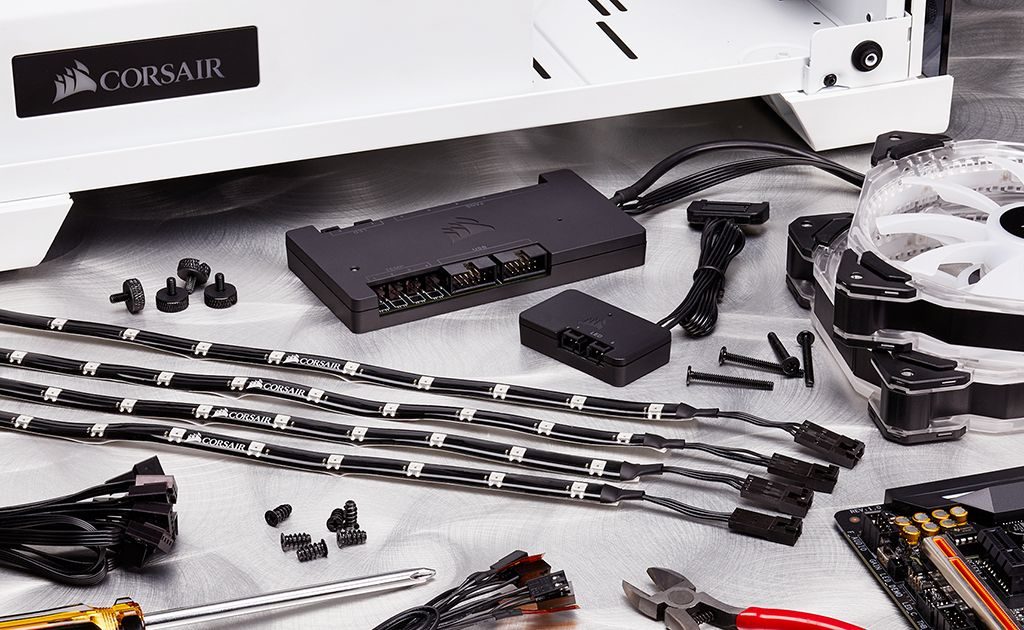









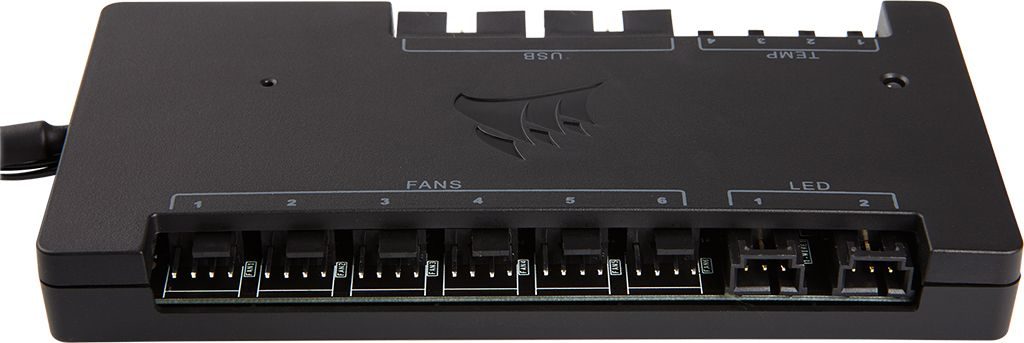
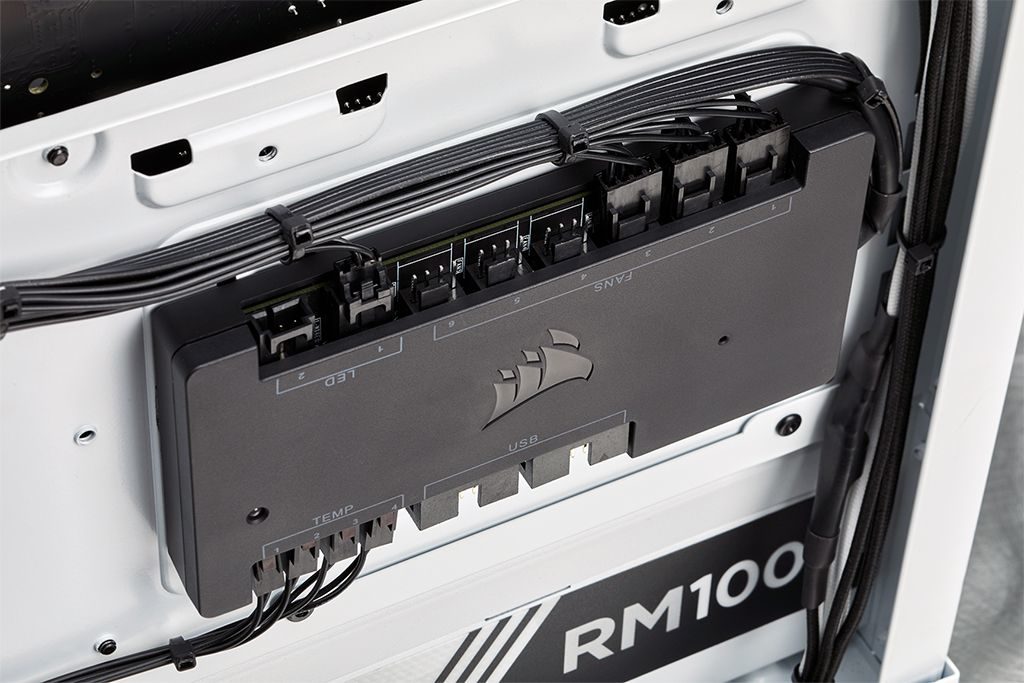
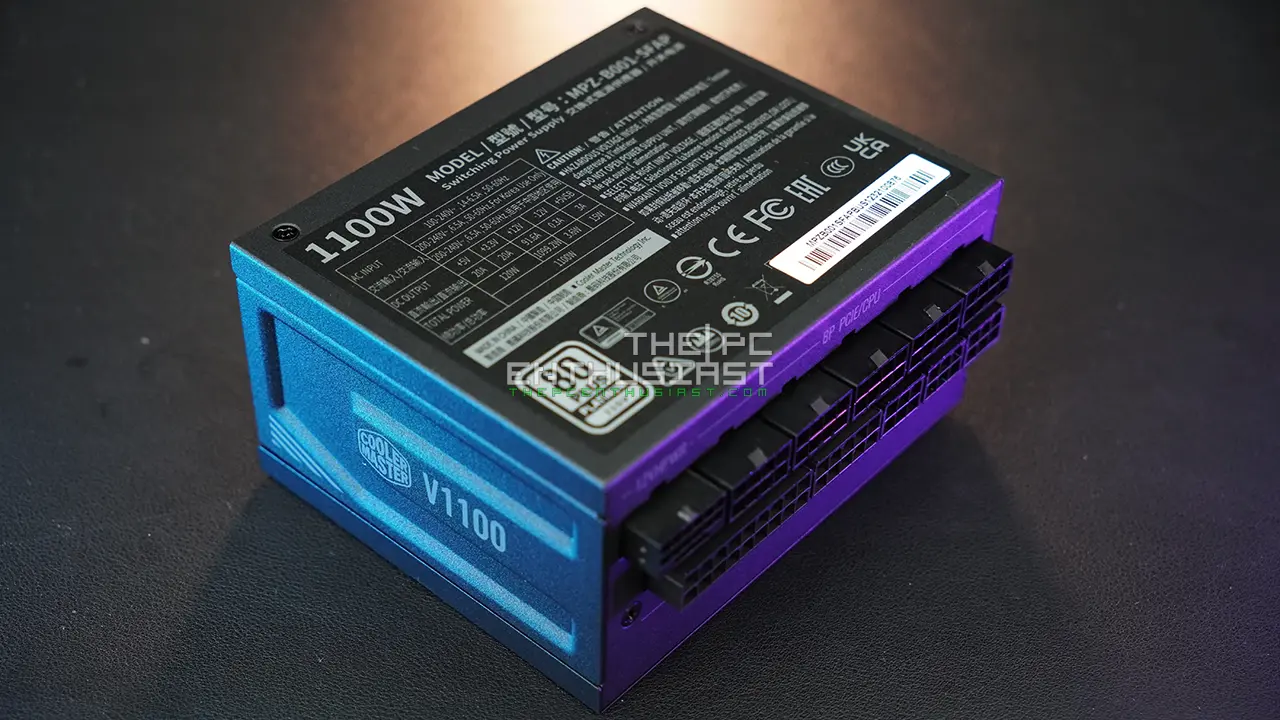
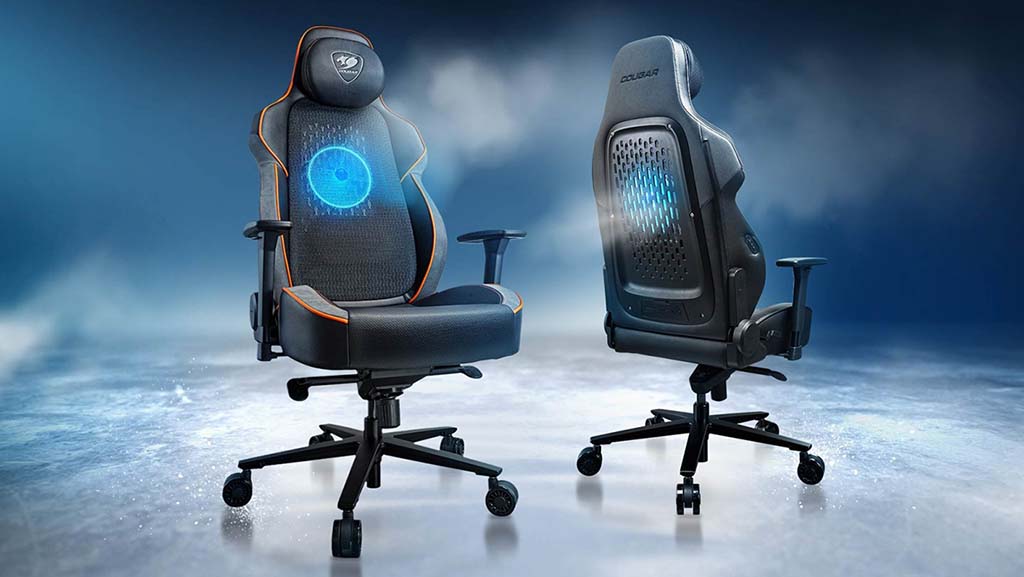


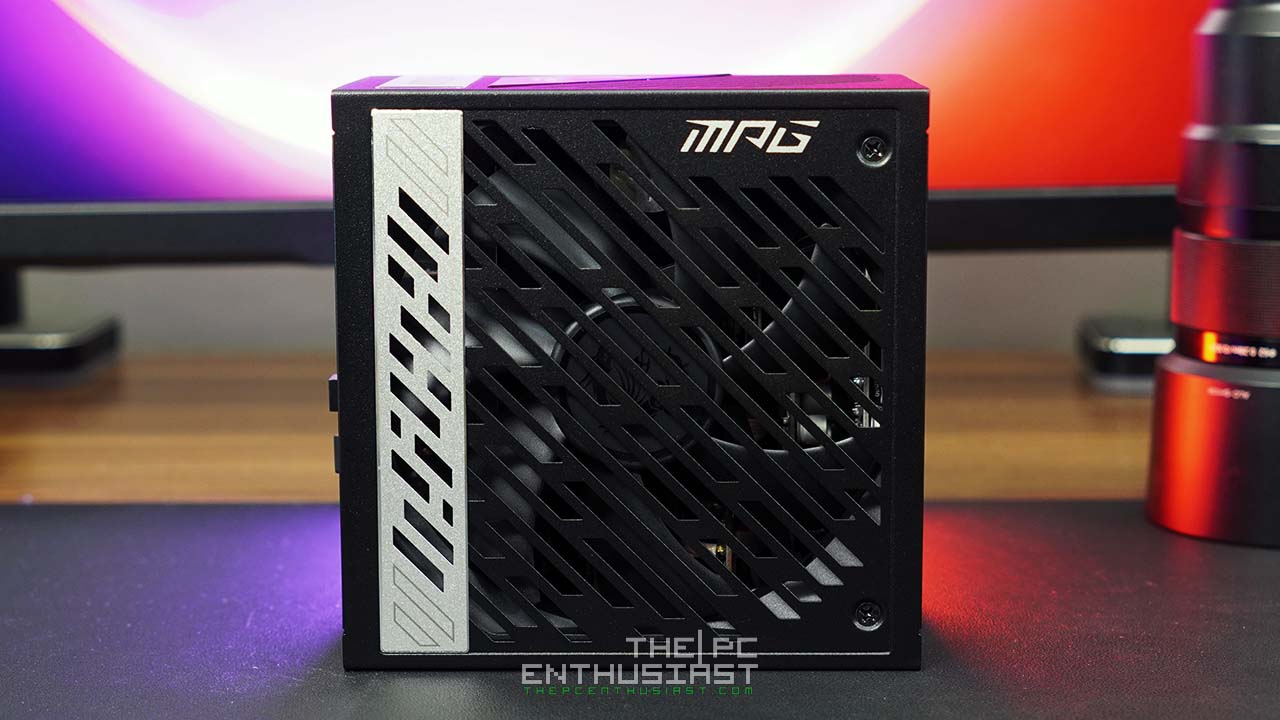
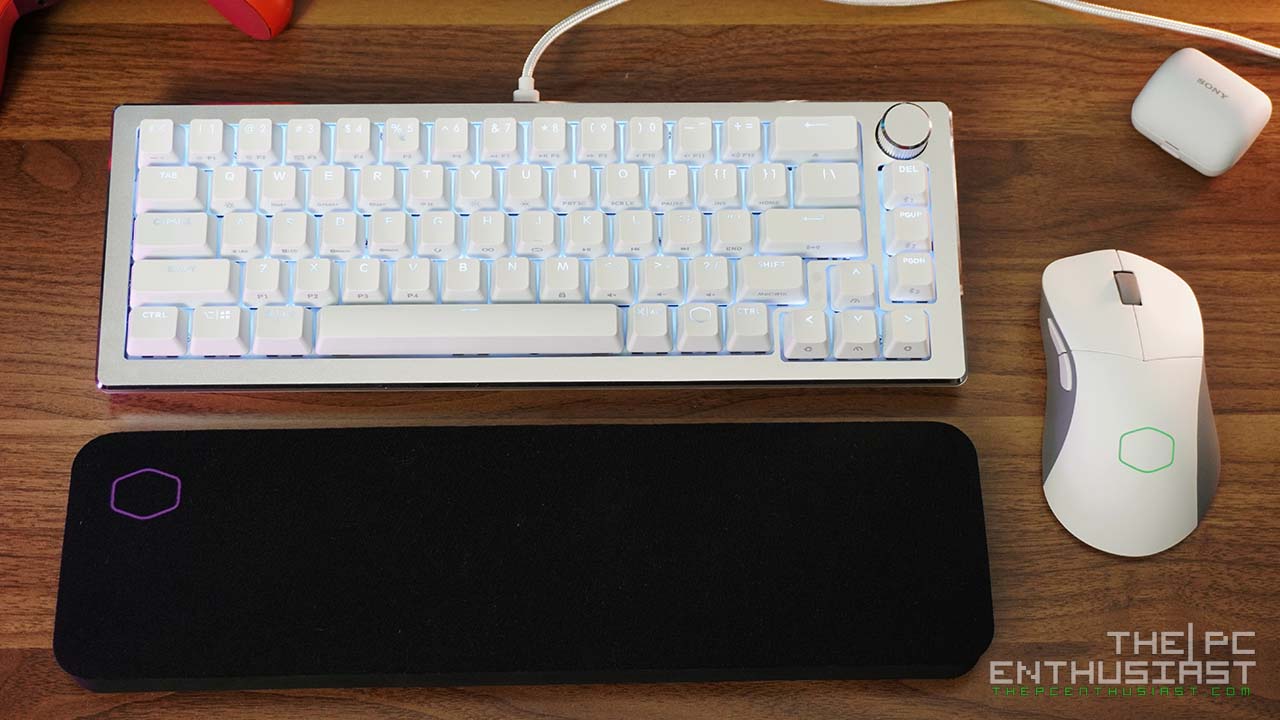

I am building my first gaming PC. I bought the best of the best of everything. My case is the Corsair 1000D. I have 18 LL120 fans and 6 LL140 fans. The case came with the Commander Pro. I also bought the Lighting Node Pro with LED strips plus extra strips. Will I need just one Commander Pro with all of these fans? How many Lighting Node Pros will I need? The fans will arrive tomorrow, 6 triple LL120 packs so they should include the fan hubs. will I need any 4 to 1 splitter cables? Will this overload the hubs? What is the difference between Link and iCue? Will these apps work together? Does iCue replace Link? Thank you.
Wtf are you doing with 18 fans
Not 18. 24… He has 18 120MM and 6 140MM
The corsair 1000D is the largest case corsair offers with space for eight fans in the front… It’s the ultiamte case, but the case itself costs more than my PC setup.
Okay, I have both, the commander and the light pro, I think. My commander does not look like the one above, one side all fans, the other side is all RGB Hub, the end has the plugin I need for my Corsair AIO cooler.. I also have the light pro. The case came with a third kind, a straight RGB Hub, that is attached to the Light Pro. Can I run two or three nodes? Do I need all three? I do have to run the Hub that came with the cooler because of the end plugin for the cooler. But what problems am I looking at?
Hi Robert, that’s probably not the commander pro or perhaps there’s a new version I am not aware of.
“one side all fans, the other side is all RGB Hub” -> that doesn’t sound like the commander pro. That’s probably the hub included on a three-fan pack or AIO cooler.
Corsair usually ships a hub when you buy a three-fan and yes, some of Corsair’s chassis does come with a hub similar to a commander.
I’m not sure what exactly you have there right now, but try using the hub that came with the case first.
Some hubs can be redundant and unnecessary. So keep things minimal. If you can get away with 1 hub or two (since I am not sure what config you have), much better.